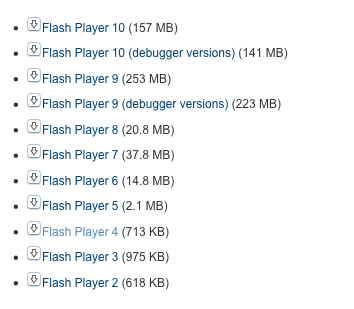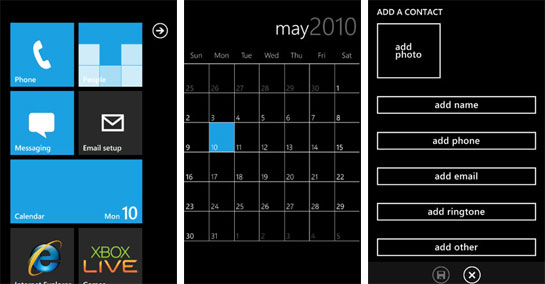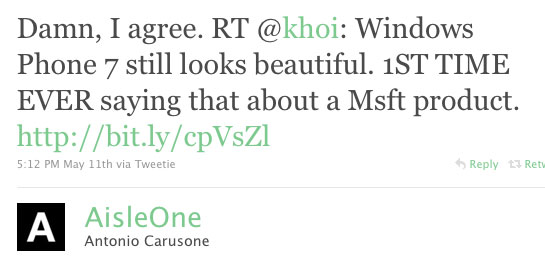Flash is Open and It Runs Fast

Flash Co-Creator Jonathan Gay Responds to Steve Jobs
I’m hoping to get the iPhone vs Flash stuff out of my system so I can post thoughts on other topics, but I’m still too interested in the arguments. Call me a chick, but I like drama and gossip.
In the interview, Gay rehashes all the ‘open’ talk I’m already way to familiar with. I’m going to skip over commenting on that as well as all the “Apple-is-hurting-users-by-not-providing-Flash-on-the-iPhone” talk. Enough already.
I did find this nugget funny, where the interviewer asks Gay “how much would the Flash player need to evolve before it would meet Steve Job’s strict efficiency standards”:
It’s worth noting that Flash was developed on a 66 Mhz 486 which is probably one tenth the speed of an iPhone. So I don’t think there is a fundamental architectural issue. I think the Flash architecture with the binary file format is inherently higher performance than HTML for multimedia.
Gay is absolutely right. Flash was developed for those very limited specifications way back in the day. But if I recall the days when I used to design and develop in Flash 4, cerca 1999, the Flash plug-in was around 200K (Adobe has all the versions archived on their site). Granted, it also couldn’t dynamically load JPGs or any video. It also couldn’t load XML files. Or do PaperVision3D.
Looking into my Internet Plug-ins folder today, the Flash 10 plug-in is 13MB.
Times have changed. I’m not saying Flash can’t be refactored to run on a mobile device, but Adobe still has a lot of work ahead of them.










